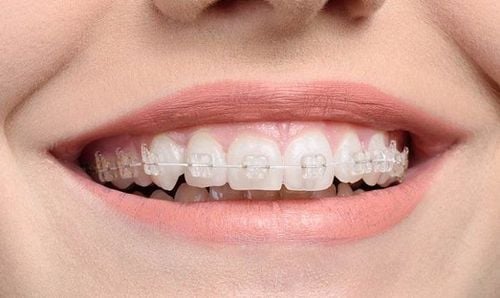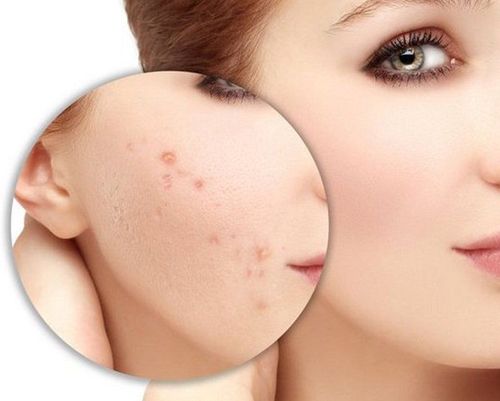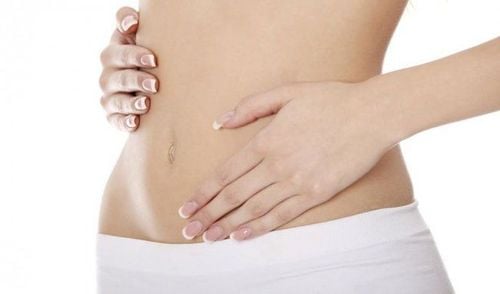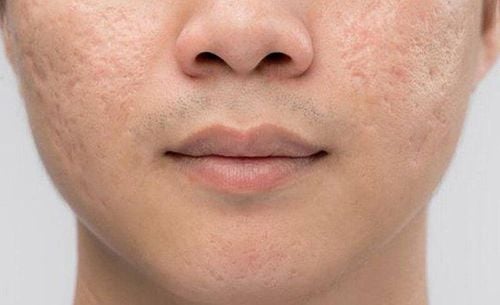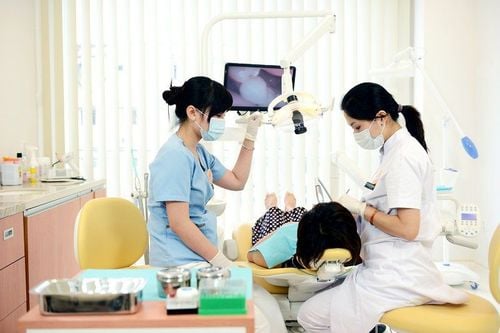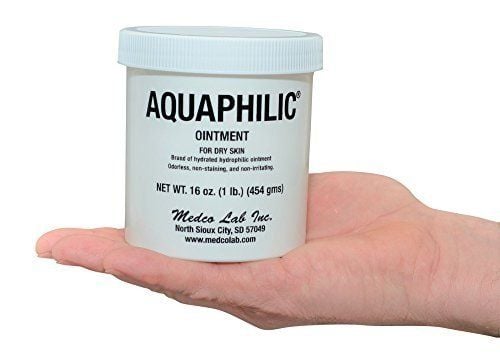This is an automatically translated article.
Pitted scars are one of the common types of scars after getting rid of acne. Pitted scars can seriously affect the aesthetics and psychology of the patient. Therefore, patients need to treat pitted scars early and choose the right treatment method.
1. Methods to treat pitted scars
About 95% of cases of acne have the ability to form pitted scars. Delayed acne treatment or improper post-acne care also increases the rate of pitted scar formation. In addition, location or genetic factors are also the cause of pitted scars.
Treatment of pitted scars depends on the type of scar and the patient's treatment needs. Does the treatment of pitted scars go away? There are many treatments for pitted scars, but there is no one technique that can cure scars completely.
SEE ALSO: Acne scars: Treatment, how to remove?
Current methods of treating pitted scars include: invasive methods and non-invasive methods. Depending on the type of scar and the nature of the scar, the following methods can be selected:
Skin graft: The process of treating pitted scars according to this method consists of 2 steps: scar removal and replacement skin grafting. Doctors often use the skin behind a patient's ear. After skin grafting, the wound is sutured with sutures, suture replacement adhesive tape or wound healing glue; TCA: A method of using trichloroacetic acid (abbreviated: TCA) to help regenerate new skin (also known as chemical peel). When performing TCA, the outer epidermis layer will peel off, pushing out dead skin and impurities in the pores. From there, new skin cells form, increasing collagen and elastin in the skin. As a result, pitted scars are significantly improved and the skin color of the scar area looks more natural. This method also helps to rejuvenate the skin, resulting in firmer and smoother skin; RF microneedling: This method is also known as RF technology. During treatment, RF waves with a temperature of 52 - 55oC will penetrate deep into the dermis, stimulating the production and regeneration of the damaged collagen system. This process helps to support new skin structure, heal skin cell organization and fill pitted scars, making the skin smoother; Ultra-abrasion: A technique to treat pitted scars by resurfacing the skin. There are two methods of microdermabrasion: quartz crystal microdermabrasion and diamond tip microdermabrasion. Quartz crystal microdermabrasion is a technique of launching quartz crystals onto the skin, rubbing and polishing the skin gently to clean the dead skin on the skin, making the skin smoother. Diamond nose microdermabrasion is similar to the above method but is safer for treatment near the eyes and sensitive skin; Using lasers: There are two types of lasers: ablative lasers and non-ablative lasers. Ablative laser is a method that uses small lasers to remove the outermost layer of the skin, starting the healing process. Non-ablative laser will affect the deeper skin layer, break the blood vessels underneath, the skin will peel off as a natural peeling process; Other methods: Injection of fillers and platelet-rich plasma (abbreviated: PRP) to fill indented scars and stimulate collagen synthesis, scar bottom separation technique to lift tissue,... The selection of treatment methods Treatment of pitted scars depends on the nature of pitted scars, needs and post-treatment care of the patient. Usually, shallow - deep scars, new - old scars will have different treatment methods. Specifically, shallow scars such as round bottom scars will improve well with surface resurfacing methods such as needle rollers, minimally invasive lasers. With deep scars, it is necessary to apply a deeper invasive method, combining with filling the bottom of the scar, separating the bottom of the scar,...
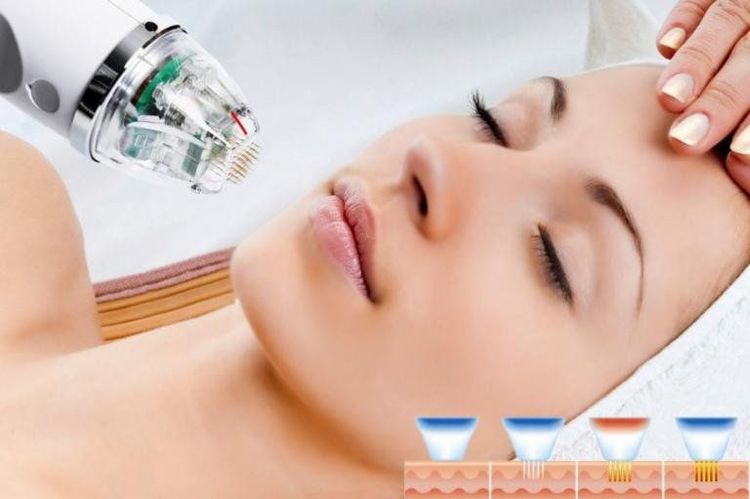
Lăn kim siêu vi điểm RF là một phương pháp điều trị sẹo rỗ
2. Note when treating pitted scars
Treatment of pitted scars is a difficult process, requiring a lot of time, effort and money. Patients should note the following issues when treating pitted scars to get the best improvement:
2.1. Should be treated as soon as possible
The more severe the scar and the longer it lasts, the more difficult it is to treat. According to dermatologists, the extent of damage and the time it takes to form scars are decisive factors for the recovery of the skin. With new scars appearing, the scars are still young and not completely sclerosis, the treatment will be faster and more effective. With scars that have been left for a long time, sclerotic scars, and firm scar foot structure, the treatment will be more difficult, time consuming and more expensive. Therefore, in order to achieve the most effective scar treatment, the patient should proceed with treatment as soon as possible;
2.2. Follow the doctor's treatment regimen for pitted scars
Usually, at the first treatment, the doctor will not penetrate deeply into the skin to avoid excessive skin damage. Therefore, if only treating pitted scars once, the patient will not get the expected effect. In the following times, the doctor has understood the response and healing rate of the skin, so he will adjust the technique of treating pitted scars to maximize the recovery and filling of scars, bringing remarkable results. than. Besides, because the effectiveness of the treatment of pitted scars can accumulate, the patient needs to patiently complete the entire course of treatment to get the best results. A course of treatment for pitted scars usually lasts 3-7 times depending on the patient's location;
2.3. Choosing the right acne scar treatment method
There are 3 common types of scars: square pitted scars, pointed stone scars and wavy pitted scars. Sharp foot scars are more difficult to treat than the other two types. In particular, most patients when going to treat pitted scars often have a combination of different types of scars. To successfully treat concave scars, it is necessary to combine many treatment techniques;
2.4. Should treat pitted scars with a dermatologist
The examination and treatment of pitted scars requires the practitioner to have expertise and long-term experience. Dermatologists will give clear, honest advice on skin conditions and scars for patients. At the same time, the doctor also directly plans and treats the patient, bringing the best effect;

Thăm khám da liễu tại các địa chỉ uy tín và an toàn
2.5. Choose a licensed scar treatment address
Licensed places will be assessed for facilities, equipment, doctors' skills,... In addition, supporting products and medicines at the licensed address will also be allowed to operate. censorship, ensuring safety for users;
2.6. Combining skin care products and filling scars after treatment
After treating pitted scars, the skin care step plays a very important role for the scar healing effect. If treated with methods with skin regeneration mechanism, the patient should use a combination of skin care products, skin soothing, scar filling support and combined oral drugs. It is necessary to use the products and drugs prescribed by the doctor;
2.7. Use safe cosmetics
When using products for pitted scars, patients need to consider the origin and sales address to ensure safety. Users should choose products at pharmacies that meet GPP standards;

Để tránh sẹp rỗ, chị em nên lựa chọn dược mỹ phẩm an toàn
2.8. Strictly follow the skin care routine
After treatment of pitted scars, especially with methods that have invasive effects on the skin such as laser, scar removal, needle roller, ... the patient needs to take care of the skin carefully, apply sunscreen carefully to the skin. . Within 7 days after the treatment is the best time to take care of and nourish the skin because this is the time when the skin begins to regenerate and stabilize new cells, so it can absorb the most nutrients.
Patients need to learn carefully about pitted scar treatment methods to avoid unintended risks. At the same time, patients should strictly follow the doctor's instructions to get the best treatment for pitted scars.
With the desire to bring beautiful, smooth and healthy skin to everyone, now, Vinmec International General Hospital has implemented a Skin Rejuvenation Treatment Package with PRP (non-invasive). PRP skin rejuvenation injection method is combined with Fractional CO2 Laser technology - using laser to affect the skin, creating microscopic lesions. These injuries will stimulate the body's self-healing mechanism, increase collagen and elastin production, help restore damaged cells and regenerate new tissue to replace lost cells; helps PRP easily penetrate deep into the skin and maximize its use in treating pitted scars, shrinking pores, making the skin more even, healthy and smooth.
Please dial HOTLINE for more information or register for an appointment HERE. Download MyVinmec app to make appointments faster and to manage your bookings easily.




